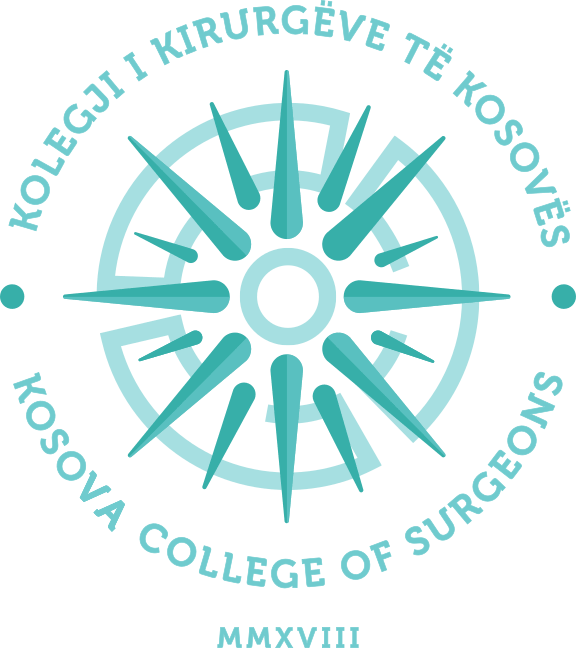Systematic Review – From Challenge to Success: Transforming Care Through Brain Injury Guidelines
Qaidar Alizai, MD 1; Bellal Joseph, MD, FACS 1
1 Division of Trauma, Critical Care, Emergency Surgery, and Burns, Department of Surgery, College of Medicine, University of Arizona, Tucson, Arizona, USA.
Corresponding Author:
Bellal Joseph, MD, FACS
University of Arizona
Department of Surgery
Division of Trauma, Critical Care,
And Emergency Surgery
1501 N. Campbell Ave, Room 5411
P.O. Box 245063
Tucson, AZ 85724
Email: [email protected]
___________________________
Abstract
Background: Traumatic brain injury (TBI) has the highest incidence of all common neurological disorders and is associated with high morbidity and mortality. Management of TBI accounts for a large proportion of emergency surgical, neurosurgical, and critical care practice. Although a vast majority of TBIs are managed non-operatively, neurosurgical interventions are an absolute life-saving necessity when required. The Brain Injury Guidelines (BIG) were developed to guide the triage, management, and appropriate disposition of TBI patients based on patients’ medical history, clinical, and radiologic findings.
Objectives: The aim of this review was to summarize the public health burden due to TBI, the Brain Injury Guidelines, and the role of trauma and acute care surgeons in the management of TBI.
Findings: The brain injury guidelines classify head injury patients into BIG 1, BIG 2, or BIG 3 groups. The proposed management for BIG 1 is a 6-hour period of observation in the emergency department, without the need for neurosurgical consultation (NSC) or a repeat head computed tomography (RHCT) scan. For BIG 2, the plan consists of hospitalization of the injured patient, and for BIG 3, hospitalization, RHCT, and NSC are suggested. In the recently validated AAST-BIG multi-institutional trial, none of the 301 BIG 1 patients worsened clinically, 4 patients (1.3%) had progression on RHCT with no change in management, and none required neurosurgical intervention. In the BIG 2 category, 2 of 295 patients (0.7%) worsened clinically, and 21 (7.1%) had progression on RHCT. None of the BIG 1 and BIG 2 patients had post-discharge emergency department visits or 30-day readmissions. Only BIG 3 patients required neurosurgical intervention (280 of 1,437 patients [19.5%]). Implementing BIG would have reduced CT scan use and NSC by 29% overall, with a 100% reduction in BIG 1 patients and a 98% reduction in BIG 2 patients.
Conclusions and Relevance: The Brain Injury Guidelines have been validated at 10 Level I and Level II trauma centers in the recently concluded AAST BIG multi-institutional trial and have been established as a safe and effective tool to guide the management of TBI by acute care surgeons while at the same time reducing hospital costs.
Key Words: BIG, Brain injury guideline, Traumatic brain injury, Brain injuries
